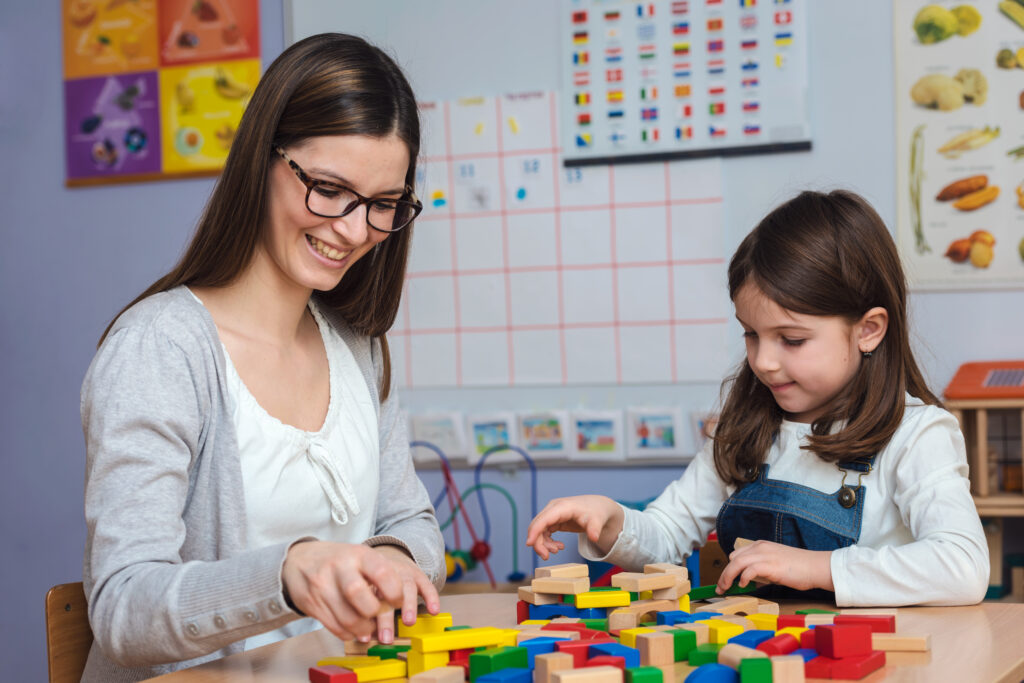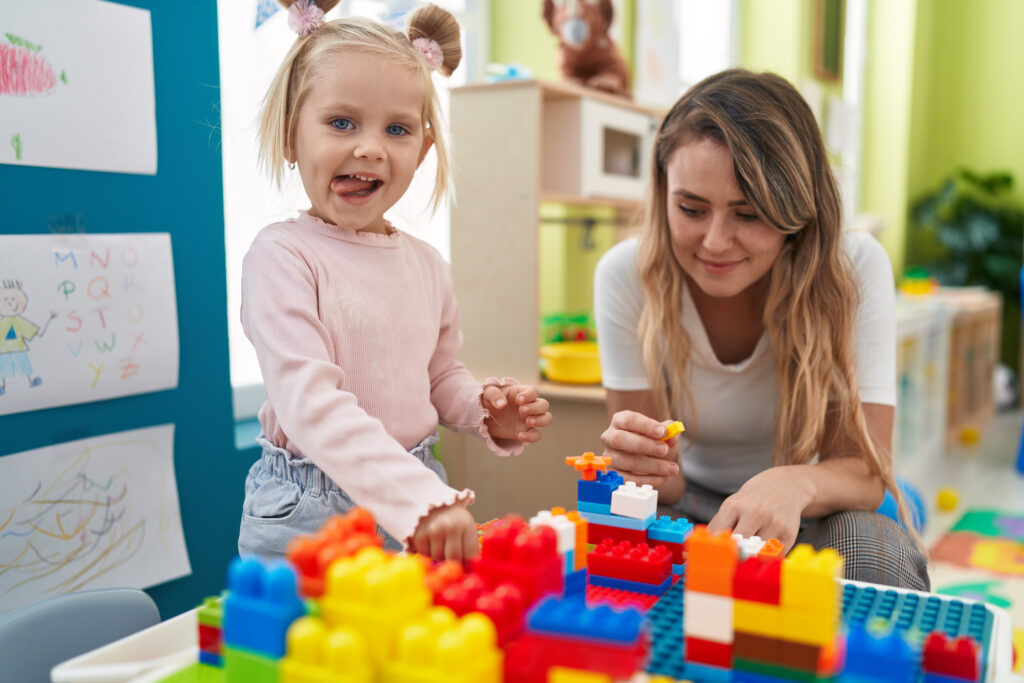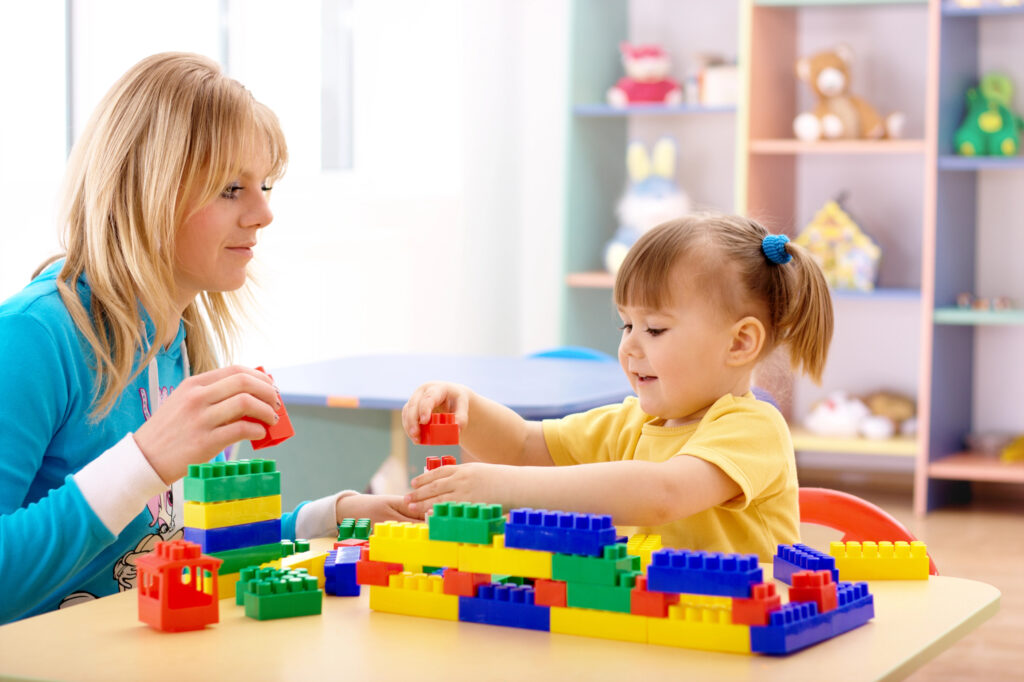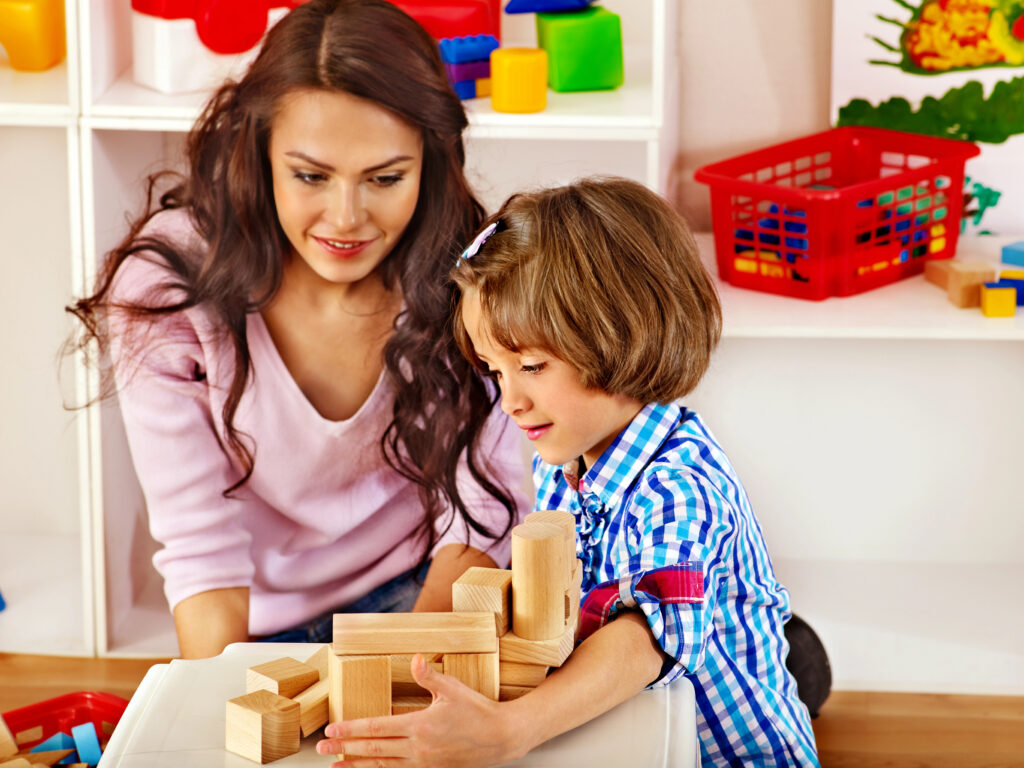Achieving Toilet Training Success And Independence: A Guide for Parents
Toilet training can be a challenge for any child, and children with autism may face additional obstacles. However, with patience, consistency, and the right approach, toilet training success is within reach. ABA (Applied Behavior Analysis) therapy offers effective techniques to help children with autism develop this important life skill.
In this blog, we’ll explore how ABA strategies can support your child’s toilet training journey.
10 Steps for Toilet Training Success with ABA for Your Child with Autism
Toilet training can be smoother for your child with autism (ASD) by following these 10 ABA-inspired steps:
- Readiness Assessment with Your ABA Therapist: Before starting toilet training with a child with autism, work with your ABA therapist to determine readiness. They’ll assess physical and behavioral signs.
- Timing is Crucial for Autism Toilet Training: Select a time with low stress levels for your child. Positive environments make toilet training less overwhelming for children with ASD.
- Autism-Friendly Bathroom: Adapt the bathroom to your child’s needs (potty seat, stool, sensory-friendly items). Kids Club ABA has tips for addressing sensory needs in children with autism, which can impact behavior management.
- Communication for the Win: ABA therapy can help your child develop ways to signal bathroom needs – words, signs, or a system used in autism therapy programs.
- Visual Cues and ABA Therapy: Create picture charts for the toilet routine, a common ABA therapy technique.
- Positive Reinforcement is Key in Autism Toilet Training: Enthusiastically reward successes with treats, favorite activities, or social praise.
- Scheduled Sits for ASD Success: Start with frequent, scheduled toilet visits, lengthening intervals as your child progresses. ABA techniques for parents often emphasize this approach.
- Consistency is Vital for Children with Autism: Stick to your toilet training routine! Consistency is especially important for children with ASD.
- Celebrate Every Step with ABA Therapy: Reward even small steps in autism toilet training: sitting on the toilet, communicating needs, or showing interest!
- Setbacks Happen, ABA Therapists Help: Accidents are part of the process. Stay positive, focus on your child’s progress, and consult your ABA therapist for behavior management support.

Understanding ABA Therapy: Your Partner in Toilet Training
You may have heard about ABA therapy, but what exactly is it? Here’s a simple explanation:
- ABA therapy focuses on behavior: ABA therapy helps us understand why behaviors occur and looks for ways to support positive changes.
- Science-based approach: ABA therapy isn’t just guesswork – it’s rooted in years of research about how we learn.
- Tailored for your child: ABA therapists don’t use a one-size-fits-all method. They create plans based on your child’s unique strengths and needs.
- Positive reinforcement is key: Applied Behavior Analysis emphasizes rewarding your child’s efforts, which encourages them to keep trying.
ABA Techniques for Toilet Training Success

Let’s delve into some of the key ABA techniques that can facilitate successful toilet training for your child:
- Positive Reinforcement: Generously reward your child for successful toileting, attempted use, or communicating their bathroom needs. Rewards can be tangible (treats, toys) or social (praise, high-fives). Explore our resource on positive reinforcement strategies for parents: https://kidsclubaba.com/how-to-use-posit…nt-parents-guide/ for more ideas.
- Shaping: Break down toileting into small steps (e.g., sitting on the toilet, pulling down pants, etc.). Reward each step as your child progresses.
- Task Analysis: Create a visual schedule or checklist for steps involved in toileting. This helps children follow a routine and reduces uncertainty.
- Fading Prompts: Initially, provide assistance. Gradually decrease prompts as your child becomes more independent.
- Scheduled Toileting: Begin with frequent, scheduled bathroom breaks, then gradually increase intervals as your child gains control.
For detailed guidance on these techniques, check out our blog post on ABA techniques for parents: https://pottygenius.com/blogs/blog/potty-training-a-child-with-autism-using-aba.

Creating a Supportive Toilet Training Environment
- Consistency is Key: Maintain a regular toileting schedule and consistent routines. This fosters predictability, so vital for children with autism.
- Comfort and Accessibility: Adapt the bathroom to your child’s needs (potty seat, stool, sensory-friendly items).
- Manage Accidents with Grace: Remember, setbacks are normal! Avoid scolding or punishment; focus on positive reinforcement for successes.
Quality ABA therapy is essential for maximizing your child’s potential. When selecting an ABA provider, consider these factors:
- Credentials: Are therapists Board Certified Behavior Analysts (BCBAs)?
- Experience: Do they specialize in autism and toilet training?
- Individualized Approach: Do they design programs tailored to your child’s unique needs?
- Parent Collaboration: How do they involve parents in the process?

ABA Therapy in Georgia and Beyond
If you’re looking for expert ABA therapy in Georgia, Kids Club ABA offers comprehensive services to support your child’s growth and development. Our team of highly qualified professionals works closely with families to design customized ABA programs that address toilet training and other essential skills.
Visit Kids Club ABA: https://kidsclubaba.com/ to learn more about our approach or explore these helpful resources:
- What to Look for in an ABA Provider: https://behavior-behavior.org/a-beginners-guide-to-clinical-behavior-analysis-cba-and-related-treatments-act-dbt-fap/
- The Benefits of ABA Therapy for Autism: https://www.autismspeaks.org/
Conclusion
Toilet training may take time and patience, but with ABA’s support, independence is possible for children with autism. Consistent routines, positive reinforcement, and a focus on your child’s individual needs are key to success.
References:
- https://www.abatherapistjobs.com/blog/toilet-training-for-kids-using-aba-therapy
- https://raisingchildren.net.au/preschoolers/health-daily-care/toileting/toilet-training-guide
- https://lifthealthgroup.com.au/toilet-training-guide-for-parents/
- https://www.autism.org.uk/advice-and-guidance/topics/behaviour/toileting/parents
- https://www.thementormomblog.com/blog/mastering-potty-training-a-comprehensive-guide-for-parents
Table of Contents
Toggle